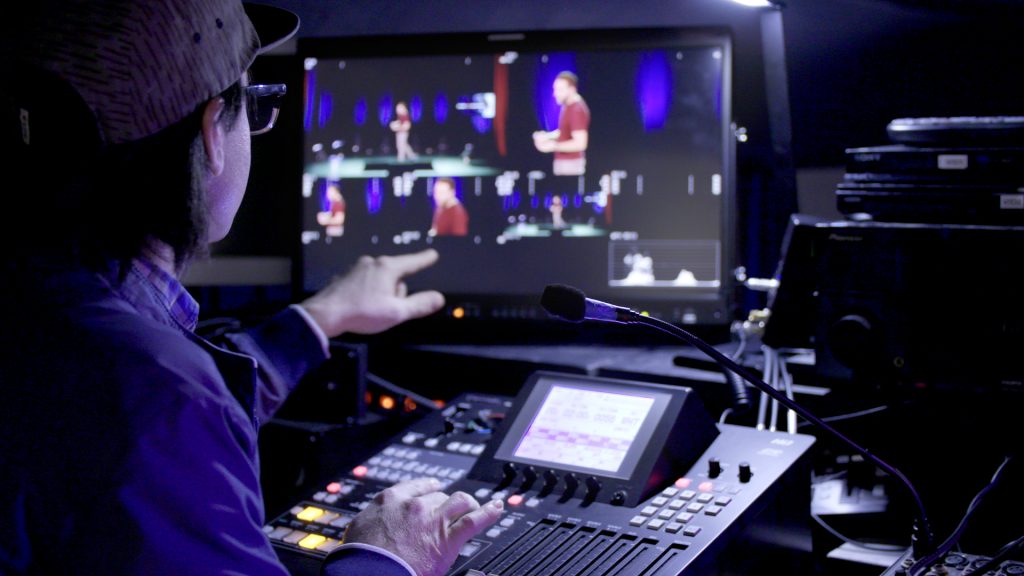Highlighting the Influence of Lighting Methods on the Craft of Video Projections Mapping
Highlighting the Influence of Lighting Methods on the Craft of Video Projections Mapping
Blog Article
Video mapping projection is an innovative art medium that combines tech and creativity to convert ordinary spaces into extraordinary sight displays. This method involves casting images and footage onto three-dimensional elements, such as buildings, artworks, or stages. One of the key significant elements in creating effective mapping is the use of effective illumination techniques. Proper illumination improves the visual components of the display and ensures that the images are clear and captivating. This article examines the influence of illumination methods on motion projection and how they can enhance the overall encounter.
Illumination plays a vital role in video projection because it sets the atmosphere and feel of the exhibit. Different illumination methods can elicit various feelings and reactions from the audience. For instance, using soft, cozy illumination can create a inviting atmosphere, while bright, cool lights may create a more dynamic or intense impact. By thoughtfully choosing illumination hues and intensities, artists can manipulate how viewers perceive the projected images, leading to a more immersive experience. The equilibrium between mapping luminance and surrounding illumination is crucial, as it can greatly impact the clarity and impact of the visuals.
In addition, color and intensity, the angle of illumination also affects the efficacy of mapping. Illumination from different directions can generate contrast and accents that introduce dimension to the mapped visuals. This method, known as light and shadow, can improve the 3D quality of the subjects being projected. Additionally, using dynamic illumination can introduce energy to the exhibit, making the encounter more involving for the browse around this website audience. When the light interacts with the projected images, it can produce an effect of motion and change, grabbing the audience's focus.
Another important element of illumination in mapping is the use of special effects. Techniques such as gobo lighting, which uses patterns and forms to project light, can introduce depth and intricacy to the mapping. This approach allows artists to layer images and create visually captivating results that enhance the projection. Additionally, adding laser lights or light-emitting diode illumination can additionally improve the display, offering a unique blend of visual components that attract the viewers in. These unique effects, when used thoughtfully, can elevate the projection beyond a basic show to an engaging piece of art.
In summary, the influence of illumination methods on motion projection is profound. By understanding how different lighting components connect with mapped images, artists can create captivating encounters that connect with audience. The careful selection of color, brightness, angle, and unique features allows for a rich tapestry of sight narrative. As tech continues to grow, the possibilities for artistic showcasing in projection will only grow, making illumination an increasingly vital component in this progressive art creative visual effects for live shows form.